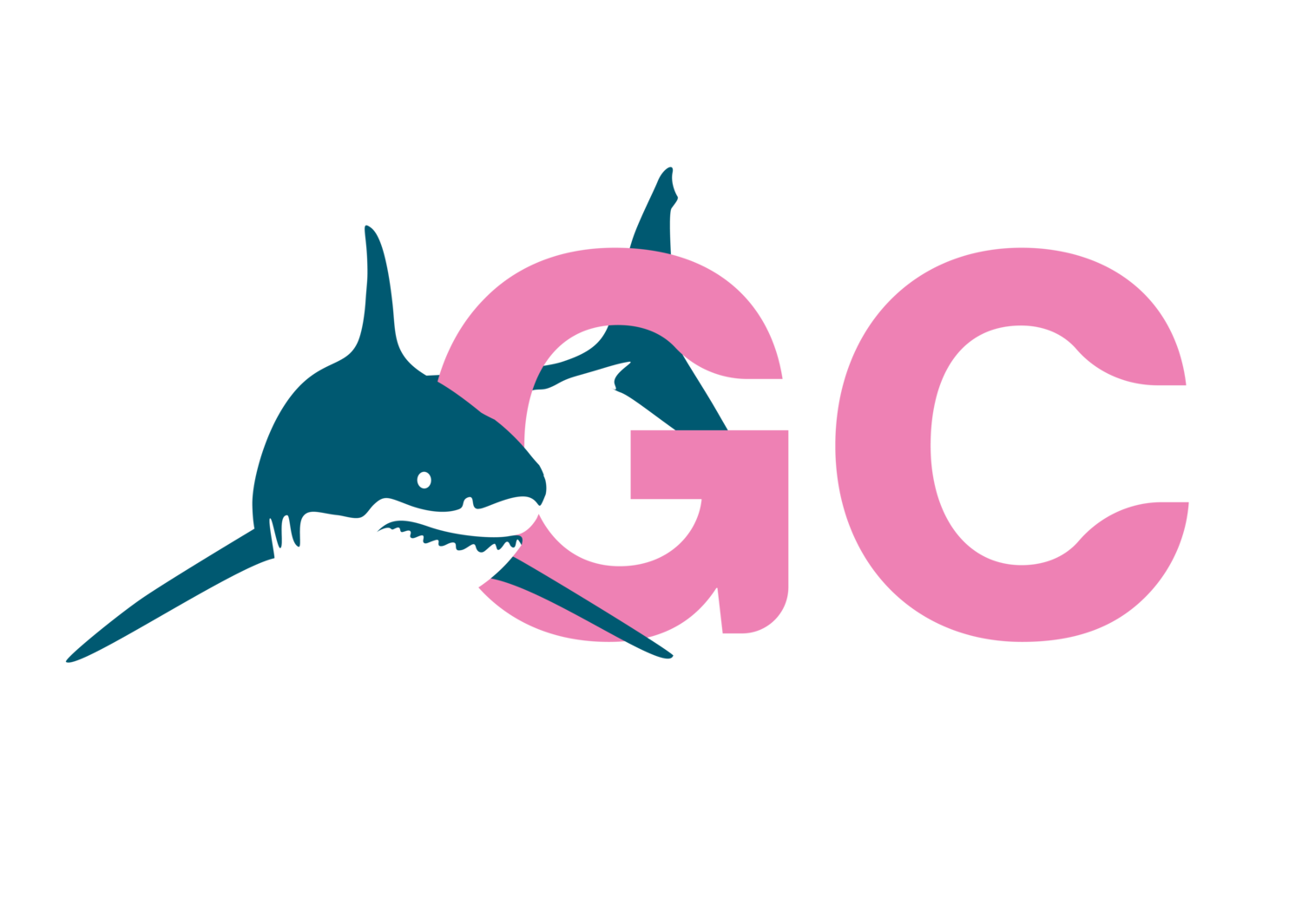Hey there!
My name is Kadie Heinle and I am the lucky recipient of the Gills Club scholarship for Shoals Marine Laboratory’s (SML) shark biology and conservation class. I am so excited to take the course in the next week or so! I just wanted to take the opportunity to say how grateful I am for receiving the Gills Club scholarship (without which I wouldn’t be able to attend the course) and give a little information on my background and why taking this course is important to me.
My initial love for fish began on the Yellowstone River in eastern Montana where I grew up. Our family’s cattle ranch is right on the river, so most of our summer activities revolved around fishing or floating the river. I am additionally fortunate that the travel bug continually bites my mother and our family took several family trips to warm places. One such vacation to Florida to visit my aunt and uncle is responsible for my undying love and obsession with the ocean. On that trip, I experienced snorkeling for the first time. We were at John Pennekamp State Park, there was a moderately strong current, the most exciting thing I saw was queen conch, I accidentally drank salt water a few times, and I was absolutely in love with this new and enchanting world I had just discovered. Although I have had several incredible experiences with the ocean since then, I typically look back at that moment as instrumental in directing my life to the ocean.
I chose to attend the University of Montana (UM) to study wildlife biology both for the in-state tuition and for the world-class degree program. (Go Griz!) I am now heading into my senior year with about seven classes left to earn a Bachelors of Science in wildlife biology and minors in climate change studies and mathematics. Every year at UM I have become more grateful for the opportunity to learn from and work with such amazing professors. They have helped me gain the skills and qualifications necessary to earn jobs, internships, and other opportunities such as this Gills Club scholarship.
My initial interest in sharks and rays started where I’m sure it did with many others…watching Shark Week on Discovery Channel. I found the most captivating shows to be the ones featuring researchers either tagging sharks or discovering new species of sharks. I distinctly remember thinking, “Wow, someone gets paid to work outside with sharks? I want to do something like that.” However, as I researched what it would take to become a shark biologist, I became discouraged at the competitiveness and tried to move my focus to more ‘achievable’ career goals and admired the field of shark biology from afar.
My mindset changed one day last summer when I had the incredible opportunity to volunteer with Mote Marine Laboratory’s Spotted Eagle Ray team. I was interning at Mote for a different project (I was working on a seatrout bioacoustics project for my National Science Foundation Research Experience for Undergraduates), but the spotted eagle ray team was short a pair of hands and I was allowed to help them out for the day. It was probably my favorite day all summer long. We netted four eagle rays that day, I helped take measurements and write down data. I was enchanted by the eagle rays and spent my free time in the ensuing weeks reading research articles about them and other elasmobranchs. The more articles I read, the more interested I became in the various aspects of shark and ray biology and life history patterns. The research that most caught my eye was focused on migration and habitat selection patterns. While at Mote, I took the opportunity to meet with one of the shark researchers there to talk about my interests. That conversation renewed my hope in pursuing a career studying sharks and has led me to seek out opportunities such as this class at SML.
Currently, I am interested in careers that will either allow me to study life history aspects of elasmobranchs that are impacted by climate change or how human activities (i.e. commercial or recreational fishing) can be modified to lessen stress on elasmobranchs. The latter path interests me because I like to see how we can work with people to better coexist with wildlife. My career interests tend to shift with the different courses I take in school and experiences I have at work, so I am very excited to see how this class will shift my perspective.
Leading up to and following the class this summer I have an awesome job on a snorkel crew for Idaho Fish and Game out of Lewiston, Idaho. (We are looking at steelhead and Chinook salmon parr abundance.) My employers were gracious enough to let me take the time off of work for the class and I am so grateful to them! I am really looking forward to my two weeks at Appledore Island and can’t wait to learn more about sharks.
Sincerely,
Kadie



